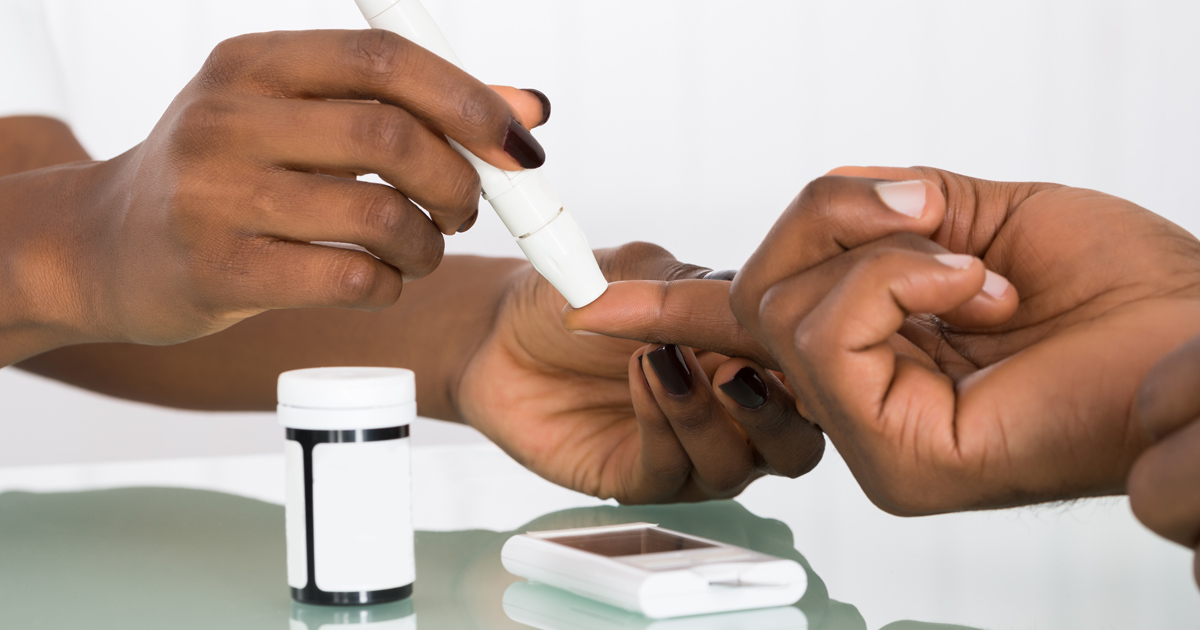
Diabetes is the number one chronic disease in most families all over South Africa and often people are unaware of the simple ways to prevent it or live with it. 14 November is World Diabetes Day, we look at what causes diabetes and how to cut down on sugar.
WHAT CAUSES DIABETES
It is a long-term condition that causes your blood sugar level to become too high. When food is digested and enters your bloodstream, a hormone called insulin moves glucose out of the blood and into cells, where it is broken down into energy. If you have diabetes your body is unable to break down glucose into energy, as the body is not producing enough insulin to move the glucose or the insulin produced is not working properly. That’s why you need to pay close attention to certain aspects of your lifestyle and health to ensure your blood glucose levels stay balanced.
BALANCE YOUR HIGHS AND LOWS
Sugar is quite toxic for our bodies and yet it’s found in almost all the foods that we consume daily. Cutting down on sugar is one of the best ways of controlling diabetes. Pay close attention to the kinds of foods you consume on a daily basis and most importantly, check the levels of sugar they contain.

HOW TO CUT DOWN ON SUGAR
You’d be surprised at how many of the food and beverages in the kitchen cupboards and fridge are loaded with hidden sugar.
- Start checking the back labels of your food and noting the sugar percentage levels. Run through all your food and beverages to see what the biggest culprits are. Most foods that are not sweet but contain sugar are bread, soups and sauces
- Check where and how you can substitute with healthier options, for example buying ‘no sugar, no salt’ peanut butter, there’s not much of a difference in taste.
- Watch out for low-fat salad dressings and mayonnaise, they have added sugar to make them tastier.
- Drink more water. Encourage the whole family to drink water – add lemon, ginger, mint or cucumber to make it tastier. Make it more fun for kids by adding fruits like strawberries and oranges, keeping this up might help you move away from fruit juices, saving you money while raising healthier kids.
- Fruit juices are high in fructose (fruit sugar) and fruit nectars have added sugar syrup to enhance the flavour. Limit your intake and keep away from drinking yoghurts, be aware that some low-fat foods like yoghurts actually contain more sugar because of the added sweeteners used to enhance their taste.
- Many of us drink more than one cup of coffee or tea a day. Take into account the number of sugars for each cup and check how much artificial sugar that goes into your body each day. Scary right? Try to reduce the amount of sugars you add and drink more herbal teas, like Rooibos tea with lemon.

Good nutrition and smart health choices will help everyone live longer and improve quality of life, so we need to be more aware of what we put into our bodies. Regular health check-ups are boring, pricey, and a nuisance – however early detection could save your life. Use your Pharmacy Benefit to book your diabetes check-up at reduced rates.
WHAT IS A BLOOD SUGAR TEST
A blood sugar (glucose) test is a blood test that screens for diabetes by measuring the level of glucose in your blood. It is also used to monitor glucose levels in people with diabetes. There are different types blood glucose tests:
- A fasting blood glucose test measures blood glucose after you have fasted (not eaten or drunk anything except water) for at least eight hours.
- A random blood glucose test is a finger-prick test, which can be done at most pharmacies and clinics, and quickly indicates if there's a likelihood of diabetes. Pregnant women are generally tested for gestational diabetes.

WHO SHOULD BE TESTED
Everyone over the age of 45 should have their blood glucose tested. Your results will indicate whether or how often you need to repeat the test. Talk to your doctor about your family history and risk factors for diabetes and heart disease – it may be advisable to start testing earlier. Diabetes South Africa recommends testing every year if you are over 35 and have any of the risk factors listed below:
- Are overweight or obese
- Physically inactive
- There is a family history: a parent or sibling has diabetes. Diabetes is more likely for some ethnicities. People of South Asian descent, for example, have higher risk; in South Africa, the Indian population has the highest incidence.
- Women who developed diabetes during pregnancy
- High blood pressure
- High cholesterol
Get in touch with Diabetes South Africa for more information and advice if you are currently living with diabetes.
How to use your Pharmacy Benefit:
1. Dial *130*3272*01#and a Jet Club consultant will call you back. Or call 0800 00 45 45
2. The consultant will book the appointment with yourself and your chosen local Clicks or Dis-Chem pharmacy clinic.
3. You will then receive an authorisation code via SMS to take to the clinic along with your account card, to skip the queues at the pharmacy clinic.
D IS FOR DIABETES
 Reviewed by Zandile Xabendlini
on
November 13, 2018
Rating:
Reviewed by Zandile Xabendlini
on
November 13, 2018
Rating:
 Reviewed by Zandile Xabendlini
on
November 13, 2018
Rating:
Reviewed by Zandile Xabendlini
on
November 13, 2018
Rating:




